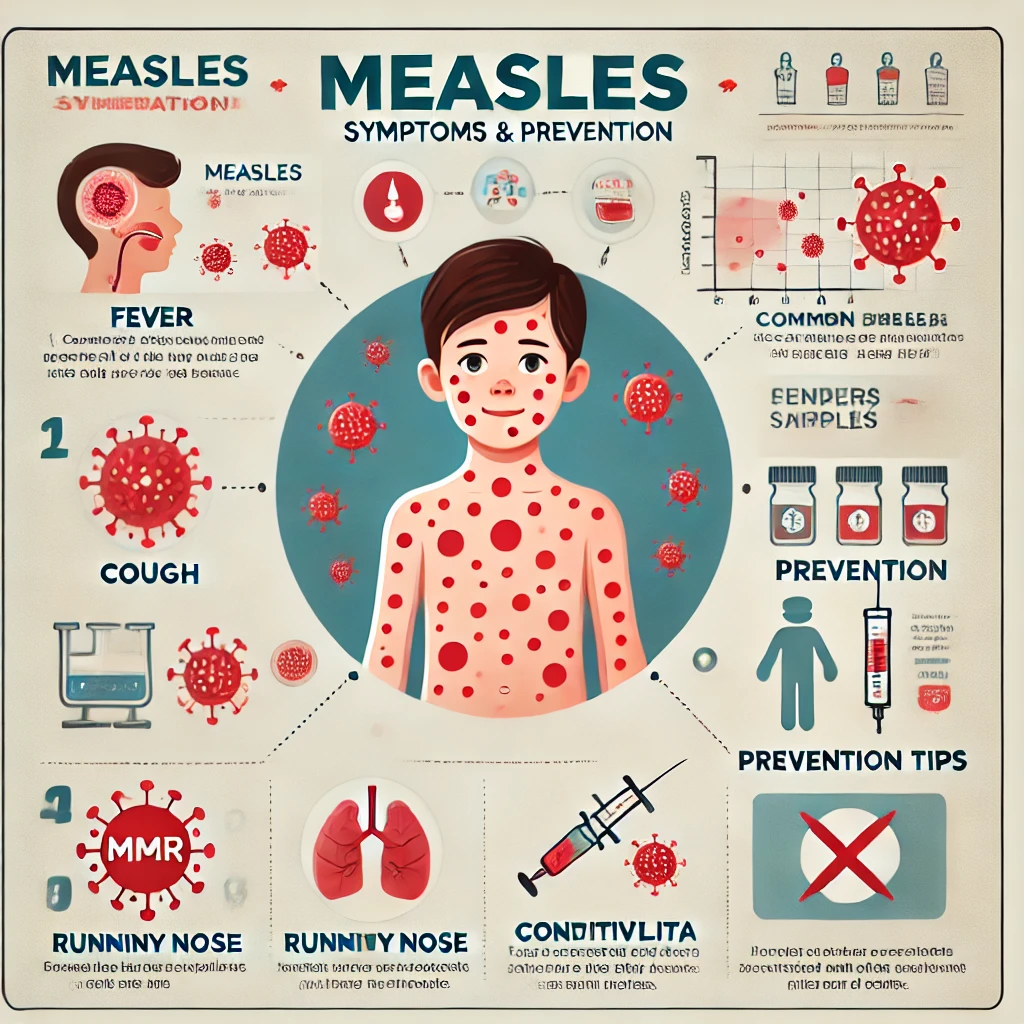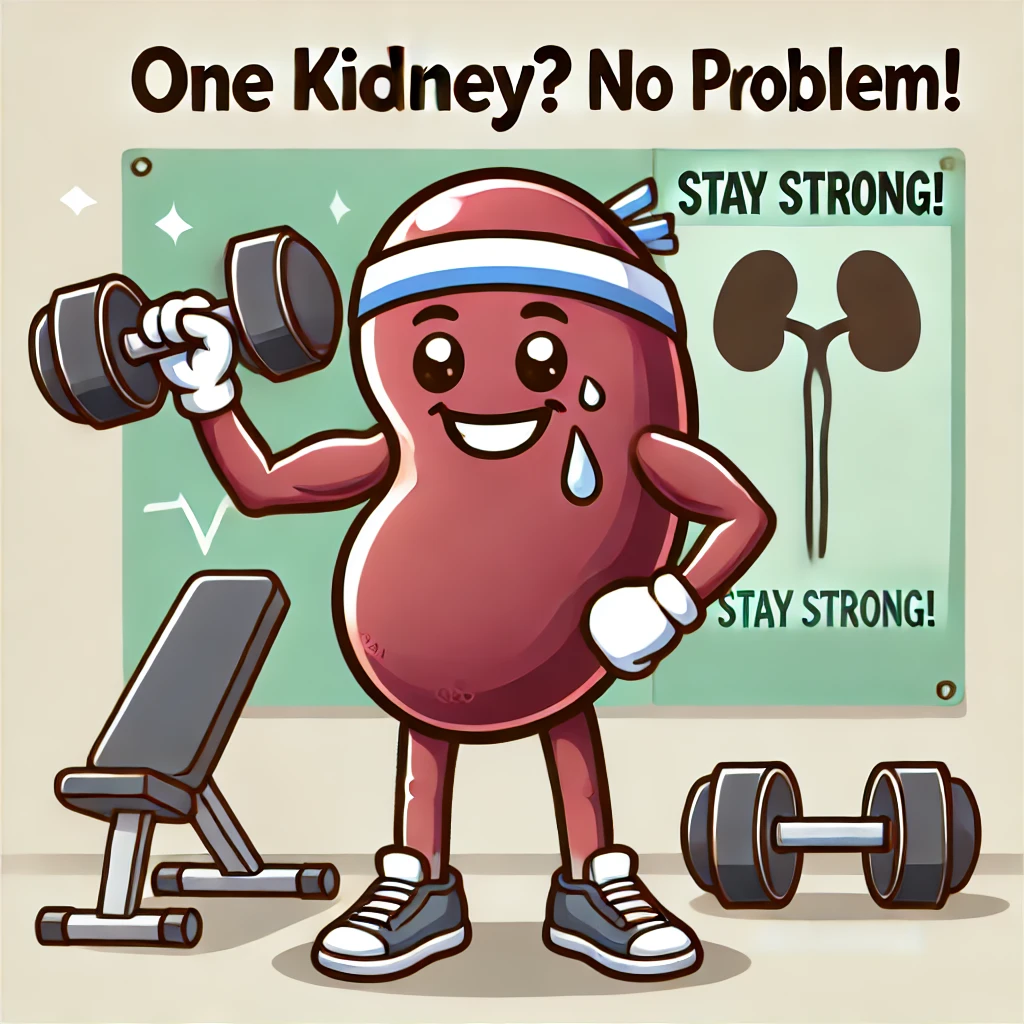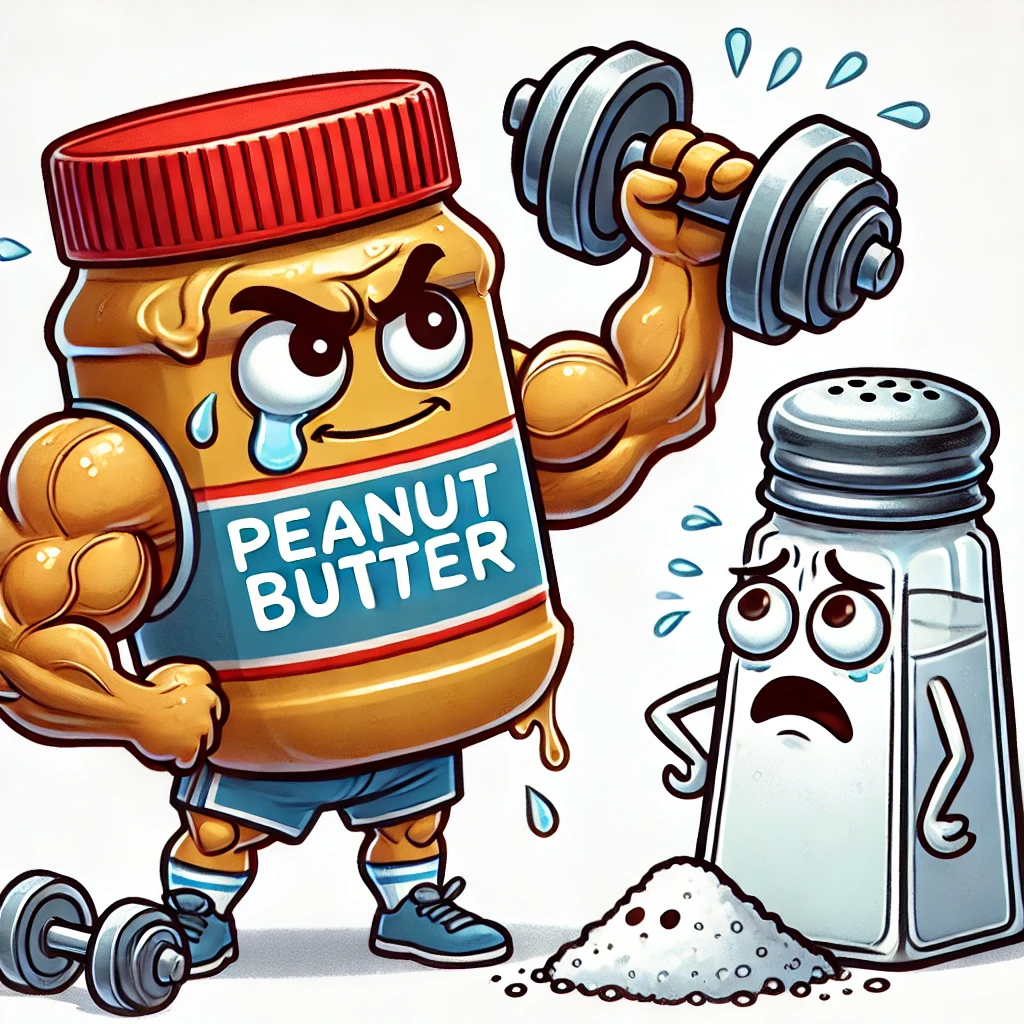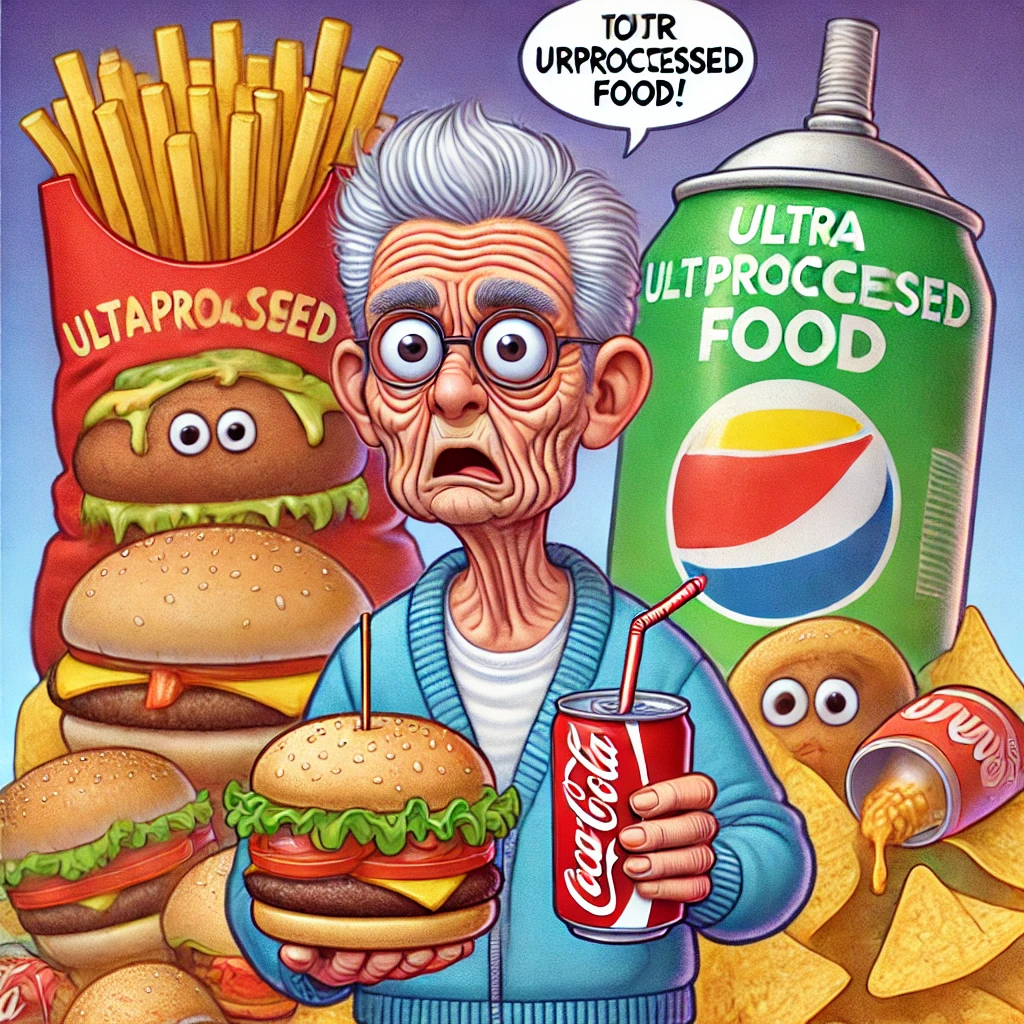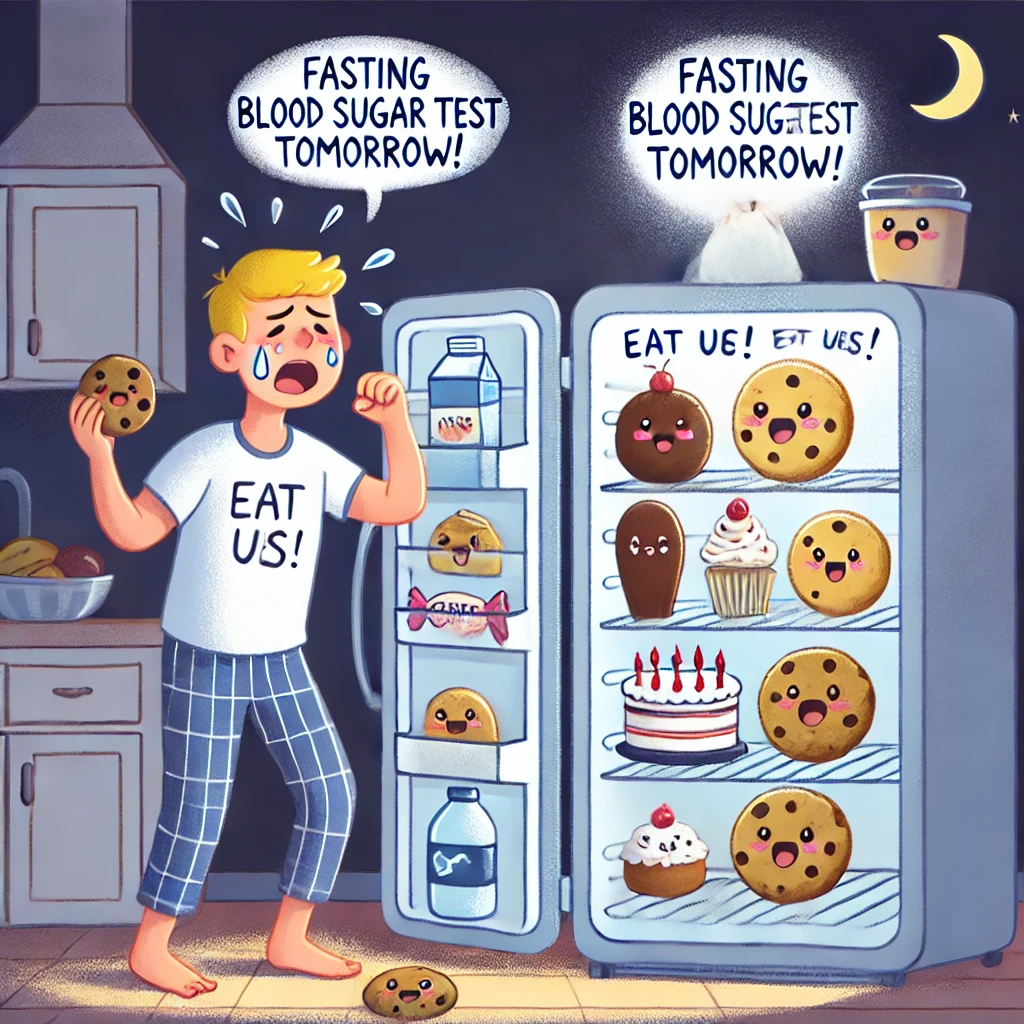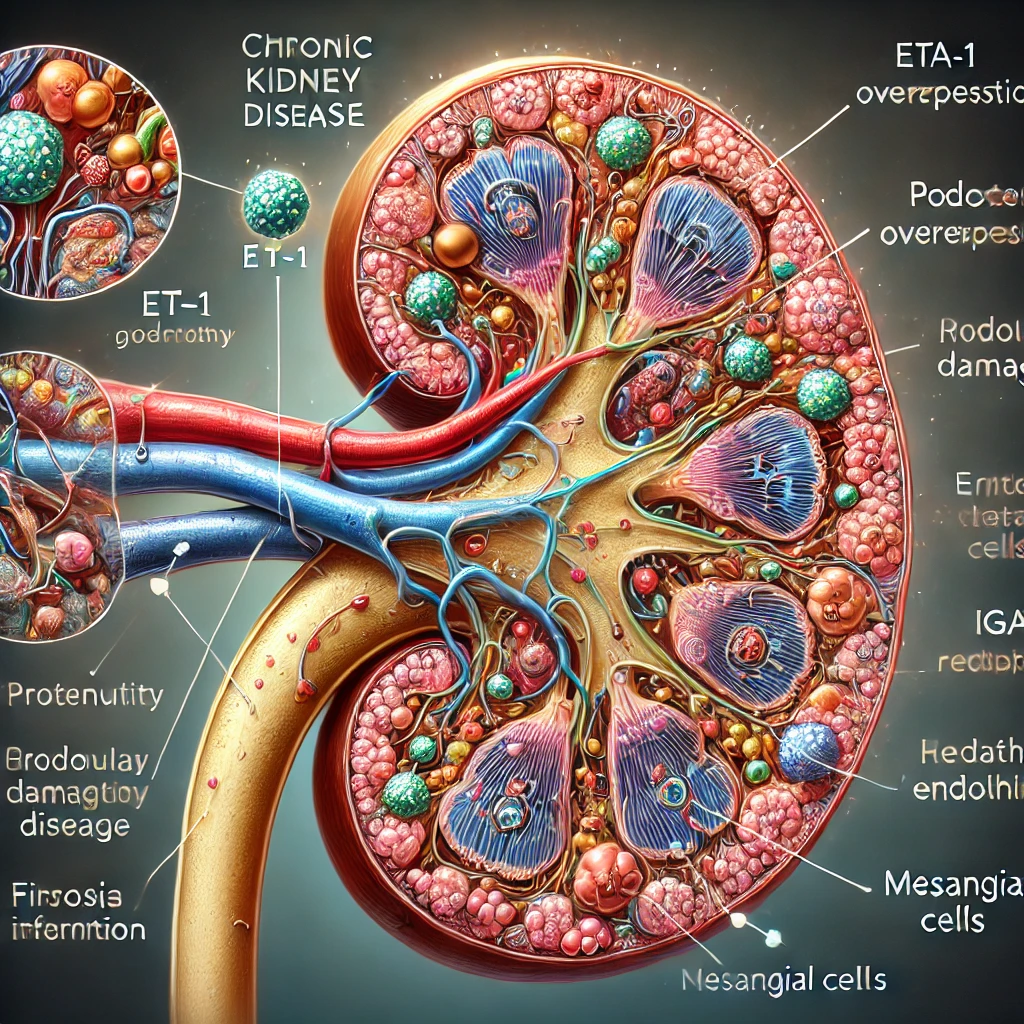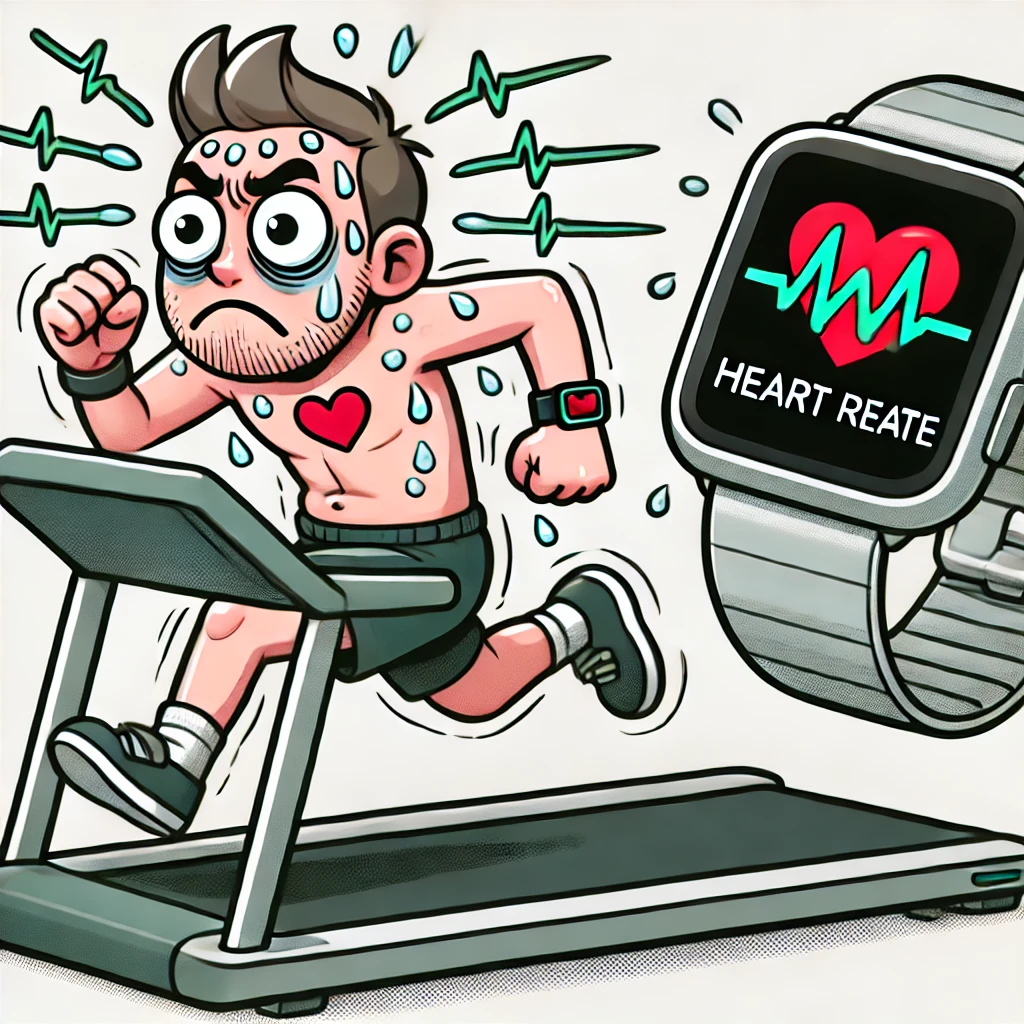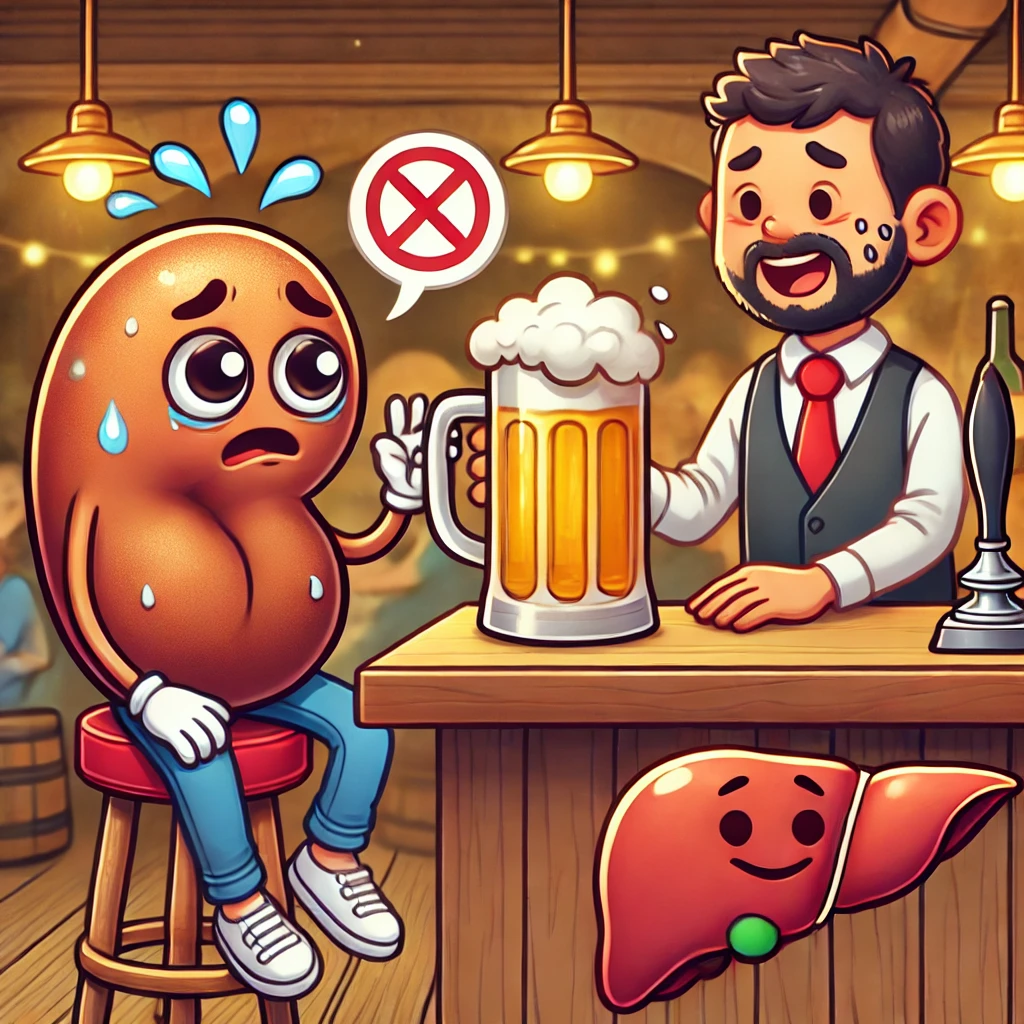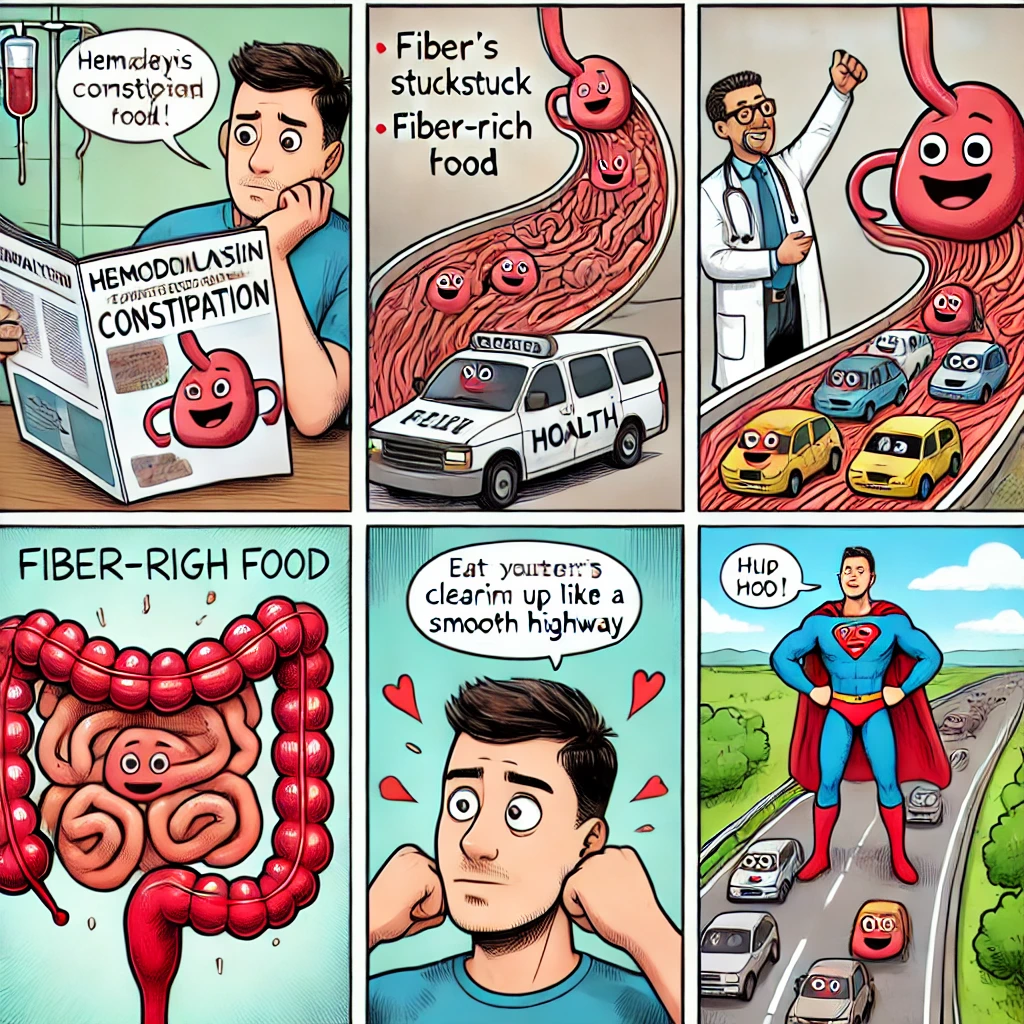Measles Prevention and Vaccine : The Rising Threat!
Measles Prevention and Vaccine, Recently, measles cases have surged in the United States. From January to March 2024, 121 cases were reported across 18 states—more than double the 58 cases recorded in the entire previous… Measles Prevention and Vaccine : The Rising Threat!
